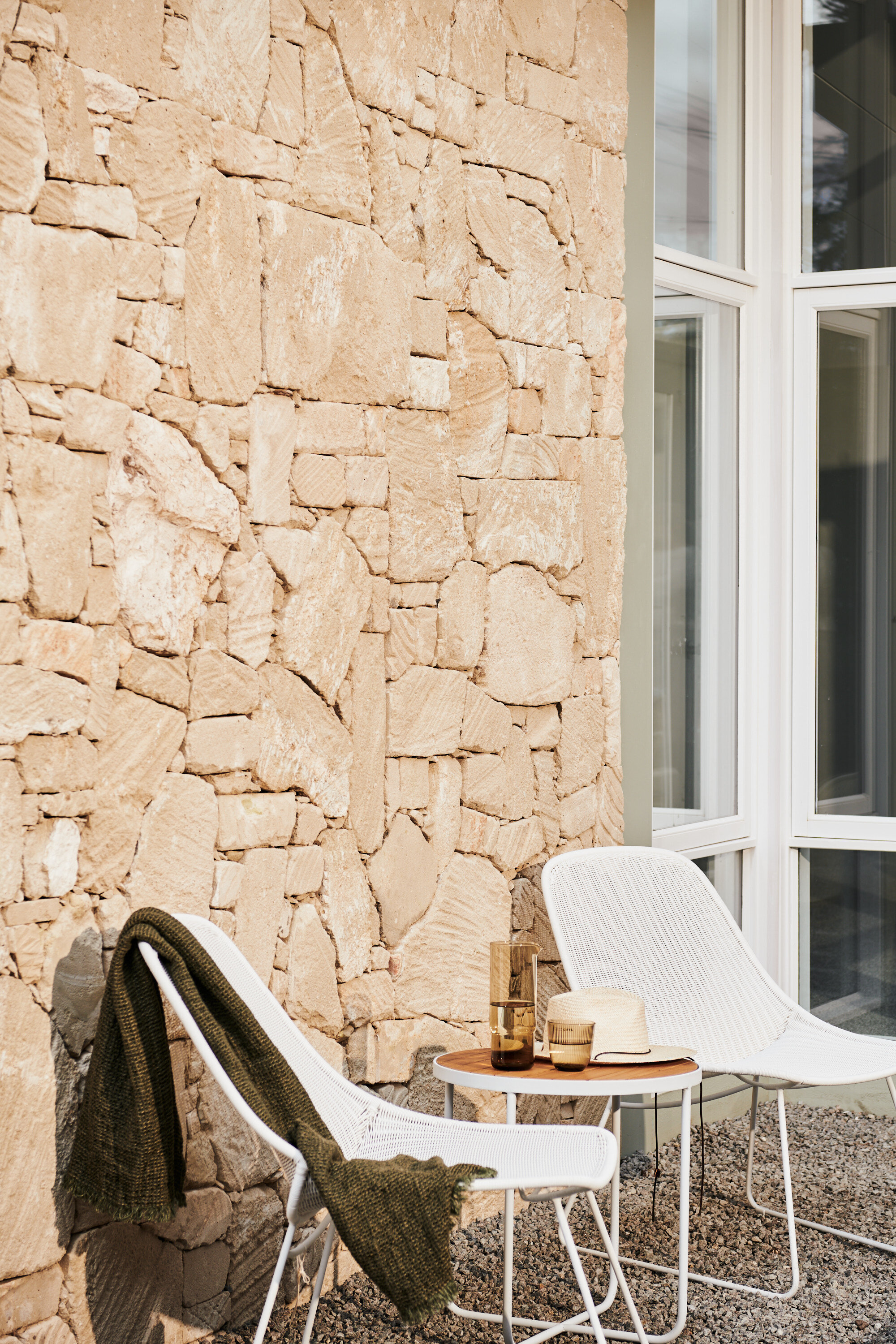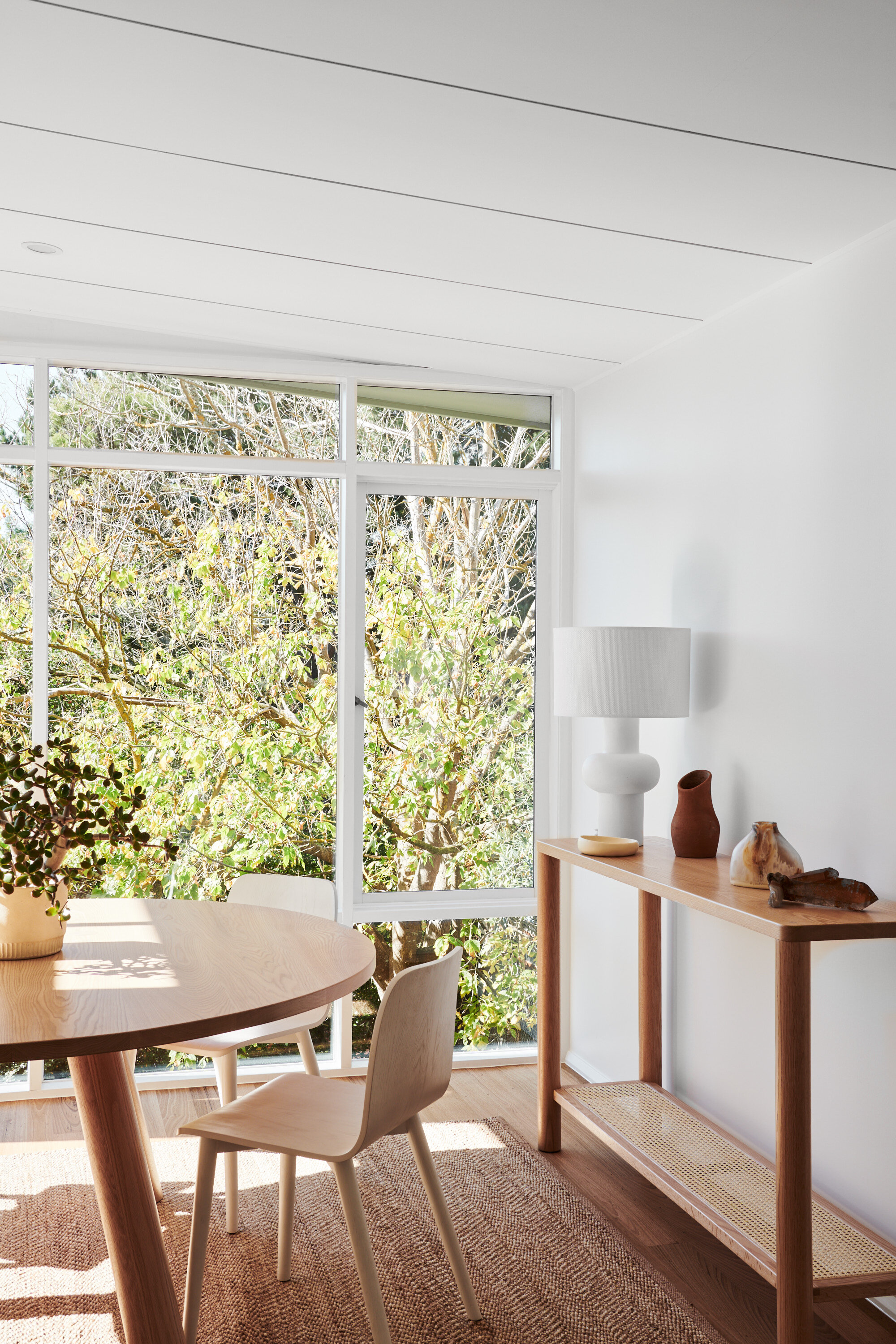Biophilic Design – how to incorporate natural beauty in the home.
In a world where there is often a disconnect from the natural environment, biophilia is an increasingly popular design concept aiming to extend our connectivity with nature. Biophilic design can be seen across architectural applications, weaving the patterns and forms of nature into the built environment. Biophilic design is achieved through direct or indirect practices, resulting in profound physiological and psychological benefits. After all, our innate bond to nature is not just emotional but genetic. Some studies show it can increase well-being by 15%, while others boast the benefits from improved air quality, improved state of mind and stress reduction. This article shares some tips on how you can incorporate biophilic design into your next home build or renovation.
Plants
Indoor plants have a range of benefits, including stress reduction, air purification and prevention of allergies. Just one large plant or two smaller plants per 9m2 is enough to improve air quality and remove toxins.
Portsea Project. Photography by Simon Shiff. Styling by Coastal Living Sorrento.
Natural materials
Using natural building materials such as wood can help promote a stronger connection to the natural environment. Wood offers a unique texture that can create a stronger sense of nature while still maintaining a contemporary or minimal aesthetic. Wood is also beneficial for sound absorption and temperature control and is a sustainable building material.
Portsea Project. Photography by Simon Shiff. Styling by Coastal Living Sorrento.
Portsea Project. Photography by Simon Shiff. Styling by Coastal Living Sorrento.
Natural light
Utilising natural light is a great way to improve the mood of your home. Many people are affected by a type of depression called Seasonal Affective Disorder during the winter months caused by not receiving enough sunlight. You can improve the natural light in your home by carefully planning window locations and taking advantage of the north-facing aspects of your home. It is beneficial to understand how the sun's course throughout the day will affect each room and plan accordingly. Other ways to maximise natural light includes the use of skylights and paint choices. Using lighter and brighter wall and ceiling paints will allow the light to bounce around the room. Painting your eaves white is also an effective way to maximise the light filtering through the windows.
Portsea Project. Photography by Simon Shiff. Styling by Coastal Living Sorrento.
Portsea Project. Photography by Simon Shiff. Styling by Coastal Living Sorrento.
Create spaces with open airflow
Creating living spaces with open airflow can enhance the connection with nature by creating a multi-sensory experience. It can allow you to smell the air, feel the breeze, hear the birds and enjoy the surrounding environment without being separated by walls and windows. Incorporating bi-fold, sliding, or stacking doors can be an easy way to increase airflow throughout your home.
Image via Instagram @sabonhome
Image via Instagram @studioprineas
Neutral colour selections
Using colours inspired by our natural landscape, such as greens and earthy neutrals can help recreate the natural environment within your own haven. In colour psychology, green is associated with relaxation and peace, while earthy tones evoke feelings of warmth and safety. You can achieve this with your paint choices, building materials and styling items.
Natural shapes, textures and patterns
In the natural environment, you do not often find sharp angles and lines. Instead, imperfections and organic shapes work together to create a harmonious atmosphere. When planning your next project, consider incorporating organic shapes, textures and patterns to replicate features of the natural world.
Portsea Project. Photography by Simon Shiff. Styling by Coastal Living Sorrento.
Cocoon Bathroom via Pinterest. Original Credit Unknown.
Presence of water
The presence of water adds to the sensory experience when using biophilic design. For example, beachside houses generally have a sense of calm as you hear the crashing waves and smell the sea air. You can incorporate water into your design with water features or simply making wet areas of your home places to be enjoyed.
About Construct Melbourne:
Construct Melbourne designs and builds luxury homes in Melbourne’s inner-south. We are dedicated to our craft and passionate about creating beautiful homes to enrich the lives of our clients.
To learn more about our Design & Build Process, or to discuss your project, click here.










